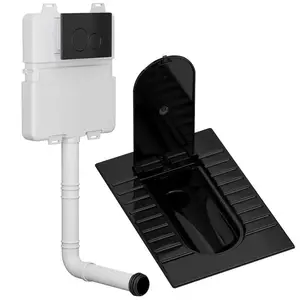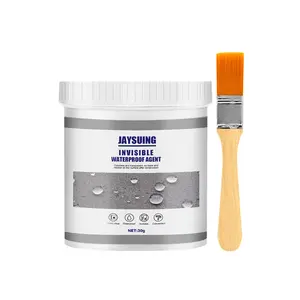Popular in your industry
























































Related Searches:























































































































Top categories
About cast iron bath
Introduction
When it comes to bathroom design, the fusion of durability and elegance is a highly sought-after combination. A perfect embodiment of this blend is the cast iron bathtub. With a rich history that traces back to the Victorian era, these bathtubs have evolved into a symbol of luxury and functionality. This article delves into the history, durability, elegance, and the variety of designs available for cast iron baths. We also explore how to maintain these baths to ensure their longevity. Join us as we dive into the world of cast iron baths, a perfect fusion of the past and present, robustness and refinement.
The History of Cast Iron Baths
The history of cast iron baths dates back to the Victorian era. Cast iron, a versatile material of the time, was used in sinks and lavatories since the late 1850s. By the late 19th century, the use of cast iron in the bathtub market became prevalent. The main challenge was corrosion, as iron and steel rusted over time. However, the porcelain-on-iron puzzle was solved in the late 1880s, leading to the production of porcelain-enameled, cast-iron tubs. These became the cornerstone of modern bathrooms, symbolizing progress and better hygiene.
Why Choose Cast Iron Baths: Durability and Elegance
Cast iron bathtubs are a popular choice for homeowners seeking a blend of luxury and functionality. These bathtubs are more durable than alternatives like steel or acrylic, often lasting longer and holding heat better. Despite being more expensive initially due to their manufacturing, transportation, and installation complexities, cast iron baths can prove cost-effective in the long run due to their resistance to scratches, dents, and other damage. Their timeless elegance and ability to fit into both traditional and modern homes make them a worthy investment.
The Durability of Cast Iron Baths
Cast iron tubs are inherently more durable than their acrylic counterparts. They are made from a combination of porcelain and iron, coated in enamel for protection. This composition gives cast iron bathtubs superior durability, allowing them to last up to 70 years. Furthermore, their makeup makes them resistant to scratches and cracks. Despite being more expensive, many homeowners consider this a worthwhile investment due to their longevity and robustness.
The Elegance of Cast Iron Baths
Cast iron bathtubs are a classically beautiful centerpiece for any bathroom. Their porcelain-coated finish has a richness that's hard to match, adding an element of elegance to your space. The variety of design options, from traditional clawfoot to modern pedestal styles, allows for a personalized touch. Slipper tubs, with their raised ends, offer an even more elegant twist. Consider finishes such as hammered copper for an ultra-modern look. These tubs are not just durable, but their timeless design ensures they remain in style for years to come.
Popular Designs and Styles of Cast Iron Baths
Cast iron bathtubs offer a variety of beautiful design options. Traditional clawfoot tubs are a popular choice, with finishes available for the feet in chrome, polished brass, brushed nickel, antique bronze, or simple black or white. Pedestal cast iron tubs offer a more modern look. Slipper tubs, an elegant type of cast iron tub, typically have a raised end for comfort. Some even have double raised ends. For a unique twist, consider a finish such as hammered copper for an ultra-modern look.
Maintaining Your Cast Iron Bath
Maintaining your cast iron bath is crucial for its longevity. The surface, coated with porcelain enamel, is durable but can be prone to chips and scratches. To clean, heat the tub's walls with hot water, then drain. Mix a gallon of hot water with 2 tablespoons of non-abrasive cleaner. Gently scrub the surface with a soft sponge or cloth, rinse thoroughly, ensuring no soap residue is left. Finally, dry the surface with a soft towel or cloth. Regular cleaning will help maintain its look and ensure you enjoy your cast iron bath for years.
Repair and Restoration
Restoring a cast iron bath can be a cost-effective solution to maintain its vintage charm. The process involves removing impurities, filling dings and scratches, and applying a new finish. Professionals use an acrylic urethane resin coating, applied in three coats, to give the tub a fresh look. After drying, the surface is buffed to a shiny luster. With proper care, a refinished cast-iron tub surface can last 15 to 20 years, preserving the historical authenticity of your bathroom.
Conclusion
In conclusion, cast iron baths are a testament to the blend of durability and elegance. Their rich history, dating back to the Victorian era, has seen them evolve into a symbol of luxury and functionality. Their superior durability, timeless elegance, and variety of designs make them a worthy investment for any homeowner. However, their longevity is dependent on proper maintenance and care. With the right cleaning techniques and possible restoration, these baths can retain their charm for decades. Whether you prefer the classic clawfoot or the modern pedestal style, cast iron baths offer a timeless centerpiece for your bathroom, ensuring they remain in style for years to come.













































